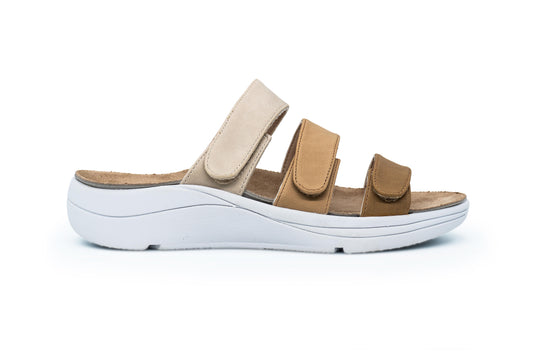Evolution of Diabetic Shoes: A Journey Through History
The evolution of diabetic shoes is a testament to the ongoing commitment to enhancing foot care for individuals with diabetes. From the early recognition of the significance of proper footwear in the 1900s to the diverse and specialized diabetic shoes available today, the journey has been marked by milestones that prioritize comfort, support, and prevention of complications.
Early 1900s: Recognizing the Need for Proper Footwear In the early 1900s, medical professionals, including Dr. Henry J. Himes, emphasized the importance of well-fitted and supportive shoes for individuals with diabetes. Recommendations included avoiding shoes that were too tight, had high heels, or featured pointed toes.
1920s: Dr. William J. Mayo's Pioneering Prescriptions Dr. William J. Mayo, a trailblazer in diabetes care, began prescribing special shoes for diabetic patients in the 1920s. These shoes, made with soft and flexible materials, featured extra-depth toe boxes to accommodate foot deformities common in individuals with diabetes.
1950s: Introduction of Commercial Diabetic Shoes The 1950s witnessed the introduction of the first commercial diabetic shoes. Crafted from various materials, including leather, canvas, and rubber, these shoes incorporated features like extra-depth toe boxes, cushioned soles, and removable inserts.
1970s: Evolution in Design and Construction Advancements in the design and construction of diabetic shoes emerged in the 1970s. Shoes became more durable, incorporating innovative features such as custom-molded orthotics and built-in air cushions.
1990s: Mainstream Availability Diabetic shoes transitioned into mainstream availability during the 1990s. Offered in a broader spectrum of styles and colors, they became accessible through various retail outlets.
2000s: Ongoing Evolution The evolution of diabetic shoes continues into the 21st century. Innovations in materials and technologies cater to the specific needs of individuals with diabetes, ensuring optimal foot care.
Importance of Diabetic Shoes Today: Diabetic shoes play a crucial role in foot care for individuals with diabetes, helping reduce the risk of skin breakdown, foot ulcers, and amputations. These specially designed shoes feature soft and flexible materials, extra-depth toe boxes, and other supportive elements.
Consultation with Healthcare Professionals: If you have diabetes, seeking guidance from your healthcare provider is essential in determining whether diabetic shoes are suitable for your specific needs. The journey of diabetic shoes reflects a commitment to improving the quality of life for individuals with diabetes through proactive and specialized foot care.








